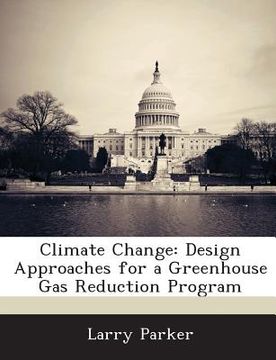Climate Change: Design Approaches for a Greenhouse Gas Reduction Program (in English)
Synopsis "Climate Change: Design Approaches for a Greenhouse Gas Reduction Program (in English)"
With the passage of the 2005 Sense of the Senate climate change resolution calling on the Congress to enact a mandatory, market-based program to slow, stop, and reverse the growth of greenhouse gases, the issue of related costs has taken on increased importance. Indeed, the resolution itself states that the program should be enacted at a rate and in a manner that "will not significantly harm the United States economy" and "will encourage comparable action" by other nations. Facets of the cost issue that have raised concern include absolute costs to the economy, distribution of costs across industries, competitive impact domestically and internationally, incentives for new technology, and uncertainty about possible costs. In general, market-based mechanisms to reduce greenhouse gas emissions, the most important being carbon dioxide (CO2), focus on specifying either the acceptable emissions level (quantity) or the compliance costs (price), and allowing the marketplace to determine the economically efficient solution for the other variable. For example, a tradeable permit program sets the amount of emissions allowable under the program (i.e., the number of permits available limits or caps allowable emissions), while allowing the marketplace to determine what each permit will be worth. Likewise, a carbon tax sets the maximum unit cost (per ton of CO2 equivalent) that one should pay for reducing emissions, while the marketplace determines how much actually gets reduced. In one sense, preference for a carbon tax or a tradeable permit system depends on how one views the uncertainty of costs involved and benefits to be received.

